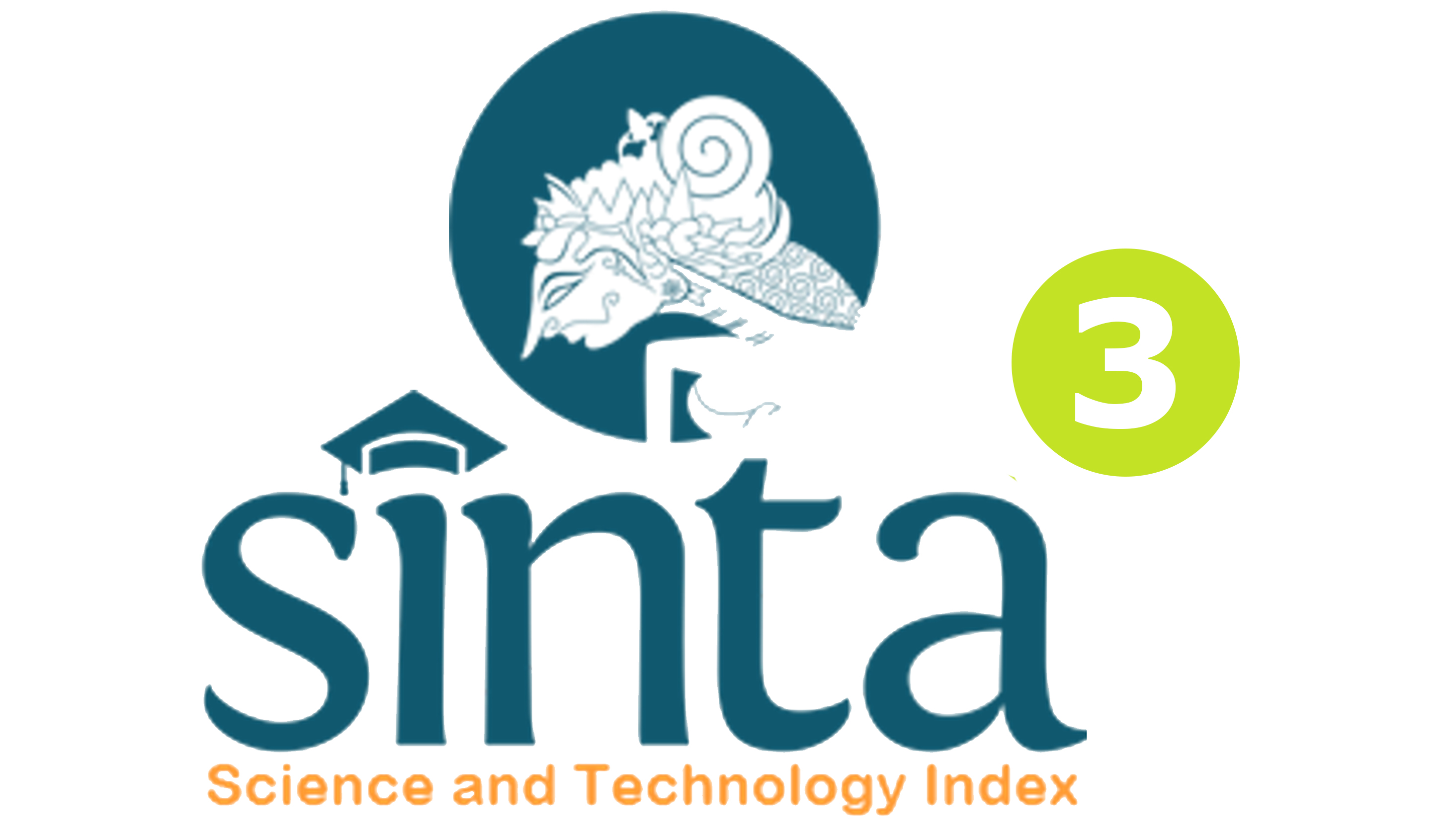PENGARUH MODEL KONSELING BEHAVIORAL TEKNIK LATIHAN ASERTIF DENGAN TEKNIK SHAPING TERHADAP SELF CONFIDENCE SISWA KELAS X SMA N 1 SUKASADA TAHUN PELAJARAN 2015/2016
DOI:
https://doi.org/10.23887/jibk.v5i1.7827Abstract
Abstrak Penelitian ini merupakan penelitian eksperimen dengan tujuan untuk mengetahui: (1) Apakah terdapat pengaruh model konseling behavioral teknik latihan asertif terhadap self confidence siswa kelas X SMAN 1 Sukasada, (2) terdapat pengaruh model konseling behavioral teknik shaping terhadap self confidence siswa kelas X SMAN 1 Sukasada, (3) terdapat perbedaan pengaruh antara model konseling behavioral teknik latihan asertif dengan teknik shaping terhadap self confidence siswa kelas X SMAN 1 Sukasada. Populasi penelitian ini adalah siswa kelas X SMA N 1 Sukasada Tahun Pelajaran 2015/2016. Proses pengumpulan data dalam penelitian ini menggunakan lembar observasi, dan kuesioner self confidence. Metode analisis data yang digunakan adalah uji kruskall wallis dan t-burney. Rancangan penelitian ini adalah pretest-posttest-control group design. Bedasarkan hasil analisis, ditemukan bahwa (1) pendekatan model konseling behavioral teknik latihan asertif berpengaruh terhadap self confidence, dilihat dari analisis nilai thitung> ttabel (13,1 > 2,571) (2) pendekatan model konseling behavioral teknik shaping berpengaruh terhadap self confidence dilihat dari analisis nilai thitung> ttabel (17,5 > 2,571) (3) pengaruh model konseling behavioral teknik latihan asertif dengan teknik shaping berpengaruh terhadap self confidence, dilihat dari analisis H > X2kw (α) (k-1) (15,158 > 5,591). Sehingga pendekatan model konseling behavioral teknik latihan asertif dengan teknik shaping berpengaruh terhadap self confidence siswa kelas X SMA Negeri 1 Sukasada tahun pelajaran 2015/2016.Kata Kunci : Behavioral, Latihan Asertif, Shaping, Self Confidence
Abstract This research was experimental research design which has purpose to know: (1) a significant effect of counseling behavioral model asertif training technique on students’ self confidence in grade X of SMA N 1 Sukasada (2) a significant effect of counseling behavioral model shaping technique on students’ self confidence in grade X of SMA N 1 Sukasada (3) diference effect of counseling behavioral technique asertif training and shaping on students’ self confidence in grade X of SMA N 1 Sukasada,. The population of this research was the students in grade X of SMA N 1 Sukasada in academic years of 2015/2016. The process of collecting the data in this research use observation sheet, and questionnaire of self confidence. The method used to analyze the data is kruskall wallis dan t-burney test. The design of this study was pretest-posttest-control group design. Based on the data analysis, which found (1) counseling behavioral model asertif training technique has an effect on self confidence , it can be seen on the value of thitung> ttabel (13,1 > 2,571) (2) counseling behavioral model with shaping technique has an effect self confidence , it can be seen on the value of thitung> ttabel (17,5 > 2,571). (3) diference counseling behavioral models asertif training technique and the use of shaping has an effect on self confidence , it can be seen on the value of H > X2kw (α) (k-1) (15,158 > 5,591) This analysis showed that the hypothesis was acceptable. So, it can be concluded that counseling behavioral asertif training technique and shaping models has an effect on students’ self confidence in grade X of SMA N 1 Sukasada in academic years of 2015/2016
keyword : Behavioral, Assertif Training, Shaping, Self Confidence
Published
Issue
Section
License
Jurnal Ilmiah Bimbingan Konseling Undiksha is an Open Access Journal. The authors who publish the manuscript in this journal agree to the following terms:
JIBK is licensed under a Creative Commons Attribution 4.0 International License. This permits anyone to copy, redistribute, remix, transmit and adapt the work provided the original work and source is appropriately cited.
This means:
Jurnal Ilmiah Bimbingan Konseling is licensed under a Creative Commons Attribution 4.0 International License.
(1) Under the CC-BY license, authors retain ownership of the copyright for their article, but authors grant others permission to use the content of publications in JIBK in whole or in part provided that the original work is properly cited. Users (redistributors) of JIBK are required to cite the original source, including the author's names, JIBK as the initial source of publication, year of publication, volume number, issue, and Digital Object Identifier (DOI); (2) The authors are the copyright owner of the article, and the author grants the JIBK held the first publication right.









.png)

.jpg)

